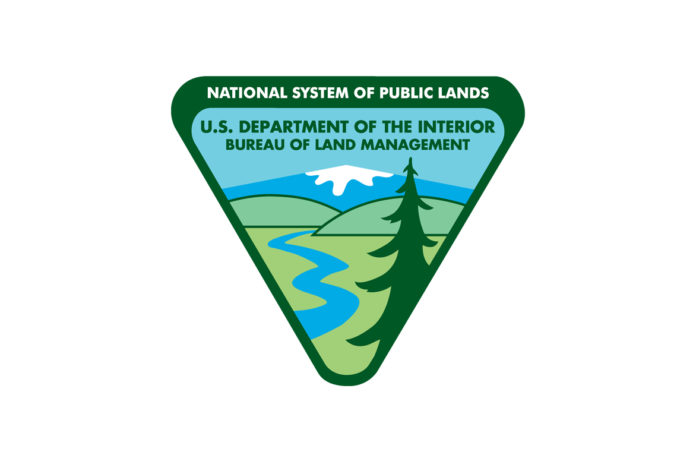WASHINGTON, D.C. – The Bureau of Land Management (BLM) released a new policy last week designed to protect connections between habitats for fish, wildlife, and native plants, preserving the ability of wildlife to migrate between and across seasonal habitat, a concept known as habitat connectivity. The policy will support the BLM’s ongoing partnerships with states, tribes and diverse stakeholders aimed at meeting 21st century conservation challenges.
The policy, in the form of an Instructional Memorandum, calls for BLM state offices to assess areas of habitat connectivity and conduct planning, on-the-ground management actions, and conservation and restoration efforts to ensure those areas remain intact and healthy, and able to support diverse wildlife and plant populations. Private land is not affected by this guidance, and the BLM is not designating corridors with this action, nor does it intend to.
“Wildlife and outdoor opportunities define quality of life in the West,” said BLM Director Tracy Stone-Manning. “This science-based effort will help ensure our public lands support the needs of wildlife and biodiversity, and that the West maintains its wildlife heritage. This ties into work we are already undertaking with states, tribes, conservation groups, federal agencies and others to make sure wildlife has room to roam well into the future. The BLM looks forward to continuing and expanding these collaborations on behalf of win-wins for wildlife, natural resources, and people.”
This policy builds on and supports existing efforts by Department of the Interior bureaus, other federal agencies, states, and tribes to protect wildlife corridors and the habitats they require. This includes supporting the Executive Orders of governors in Colorado, Nevada, and Wyoming. BLM’s implementation of the policy will include extensive consultations and collaborations with states, tribes, and diverse stakeholders, to ensure this effort includes the use of best available science, traditional ecological knowledge, shared conservation goals, and adherence to the BLM’s multiple-use mandate.
“Our iconic public lands and wildlife in Colorado are a treasure of the West so I appreciate that the Bureau of Land Management will continue to support biodiversity and resilience on federal lands,” said Colorado Governor Jared Polis. “Our administration in Colorado continues to forge similar pathways that balance conservation, economic growth and responsible governance – this good step for local economies, hunters and anglers and our thriving tourism industry.”
With this guidance, the BLM is incorporating into its planning and decision-making the need to maintain the ability of fish and wildlife to move and migrate across landscapes and seasonal habitats. Through enhancing habitat connectivity on public lands, the BLM can adapt its management strategies as ecosystems and seasonal ranges are impacted by climate change. This could involve removing or adjusting physical barriers to fish and wildlife movement, installing signs to prevent vehicle-wildlife collision, and undertaking restoration efforts to promote landscape health.
An Instructional Memorandum represents guidance to BLM field offices on how to meet obligations of the Federal Land Policy and Management Act of 1976, as amended. FLPMA directs that “public lands be managed in a manner that will … provide food and habitat for fish and wildlife…” It also identifies “fish and wildlife development and utilization” as one of the six “principal or major uses” of the public lands, and “wildlife and fish” as one of the resources expressly included in the definition of “multiple use.”
BLM-managed lands comprise some of America’s most ecologically diverse habitats that are essential for fish, wildlife, and plants. These lands provide important habitat for game and non-game species, including fish and aquatic species, migratory birds, and pollinators.

















































